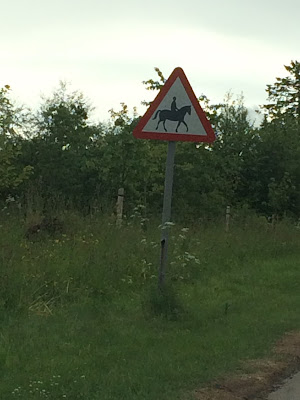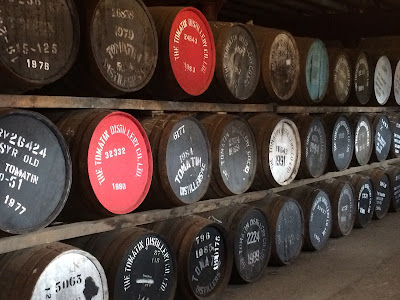For example:
Three hashes, followed by two hashes, followed by one hash (is not signifying military rank), but is followed by an exit sign.
A white triangle with a red outline is a "warning" sign. You should be aware of whatever is inside the triangle. The joke in our car is that whatever is in the triangle is "dangerous". So we have "dangerous sheep"
And "dangerous horses"
We passed a warning sign today with a pictogram and added language "red squirrels" - I'm not sure how these require a warning, but we all busted out laughing when we saw it!
"Dangerous Elderly people"??! (Really just a warning that slower folks might be crossing the road near a retirement center).
Dangerous cowsDangerous school kids...
I think this one is my favorite: No Drones (near one of the castles)
Dangerous winds (let me tell you, with the way the winds were blowing here, they've never been to Kansas!)
When you successfully “translate” some of the
international traffic signs, it feels like magic. Scott has been driving narrow windy roads for
the whole trip with lots of arrow signs on the curves. Toward the end of the trip we decided that
the number of arrows (single, double, triple) signifies the sharpness of the
turn and thus the requisite change in speed that is needed. Makes it much easier to drive when you know
whether the “Slower” sign painted on the pavement means a little or a lot.




















































